How to Decide Whether You Should Take Home That Free Furniture
Your guide to shopping the sidewalks this Allston Christmas, and all year round.

Photo by Madeline Bilis
Through the dreaded September 1 mass move-in day, Boston’s sidewalks grow riddled with discarded desks, bed frames, and household doodads that owners have decided just aren’t worth the pain of moving. You name it, the informal street market affectionately known as Allston Christmas has it.
But just because something is ubiquitous doesn’t make it good (see: mosquitoes, late buses, rats). So how do you discern the trash from the treasure? To find out, we asked a couple of local experts in the furniture field. Here are the tips and tricks to keep in your back pocket (along with a tape measure) as you troll the streets for gratis furnishings this season.
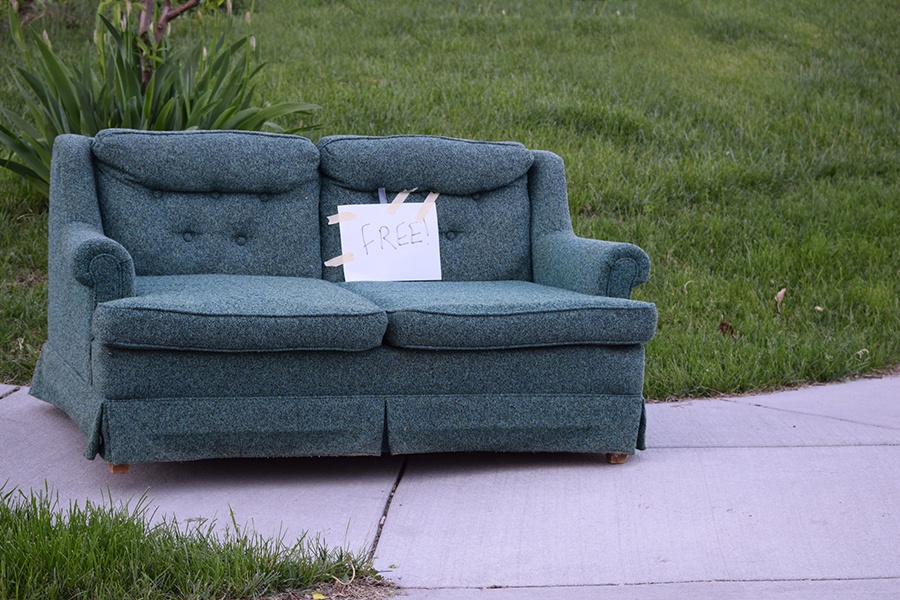
Photo via Getty Images/SBSArtDept
Leave the mattress, always. Just leave it.
Besides the potential for mildew or mold growing on mattresses that have likely spent some time in the rain, they’re also breeding grounds for bed bugs.
Likewise, advises Matt Burstein, founder of Burma Design Antique Restoration and Conservation, take a close look at any couches or cushioned chairs. Pull a card from your wallet to scrape the surface, and turn on your phone flashlight to investigate the fabric for small reddish-brown insects or tiny stains. Overall, proceed with caution—bed bugs love nooks and can live in the crannies of all kinds of objects, upholstered or not.

Photo via Getty Images/Sergey05
Check out the material.
“When assessing quality, don’t dismiss veneered furniture just because it’s not solid wood,” says Burstein. “Collectable antique furniture is often veneered with exotic woods—this doesn’t mean they’re ‘cheap.’”
On the contrary, you’re better off leaving particle board pieces on the sidewalk, unless they’re in tip-top condition. They’re prone to crumbling, and “if it’s gotten wet, it’s useless,” says Burstein.
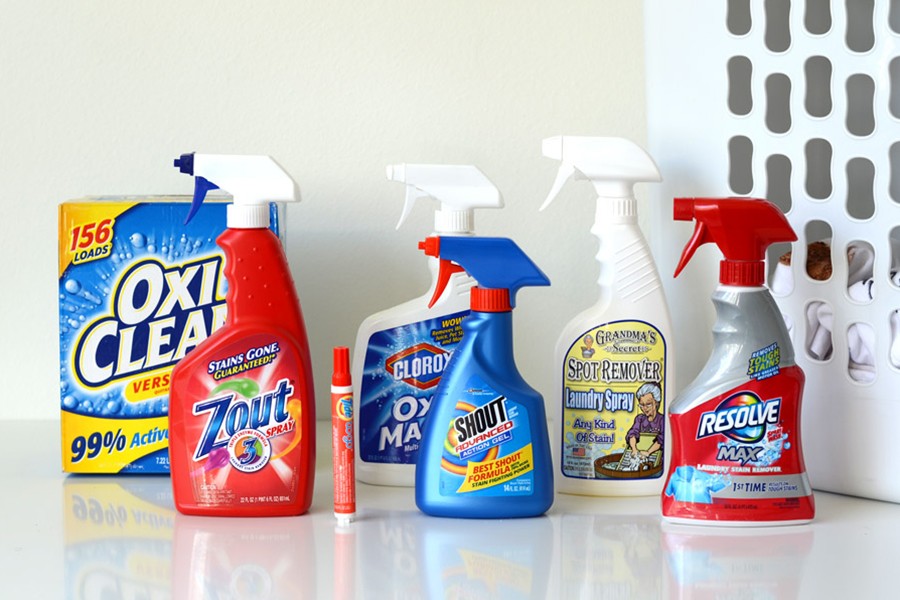
Photo by Your Best Digs on Flickr/Creative Commons
Beware of smells and stains.
In many facets of life, and most definitely in shopping the streets for free furniture, it’s quality over quantity. As the manager of the MIT Student Furniture Exchange, a donation-run shop for select Cambridge and Boston college students to purchase discounted furniture, Julie Parker has seen a lot of pre-owned furniture. She says she never accepts a donation that can’t pass the “animal triumvirate” test. That is, anything with signs of “cat or dog pee, scratches, or hair.” Plus, smoky smells or ambiguous stains are an immediate no.

Photo by Housing Works Thrifts Shop on Flickr/Creative Commons
Do the “grab and wiggle” test.
If the item can cross the odor and stain threshold, Burstein suggests the “grab and wiggle test” for any load-bearing furniture. To execute the exam: “Stand behind a chair, grab the back and try to rock it back and forth and side to side. If it moves a little, it may just mean some loose joints that can be re-glued.” But, “If joints are very wobbly, it could mean something is broken, which deserves closer scrutiny.”
Then, give the joinery a go-over. In wood pieces, glued seams are actually a good sign, Burstein informs. “Screws and nails do not make a piece of wooden furniture stronger. In fact, sometimes quite the contrary.”
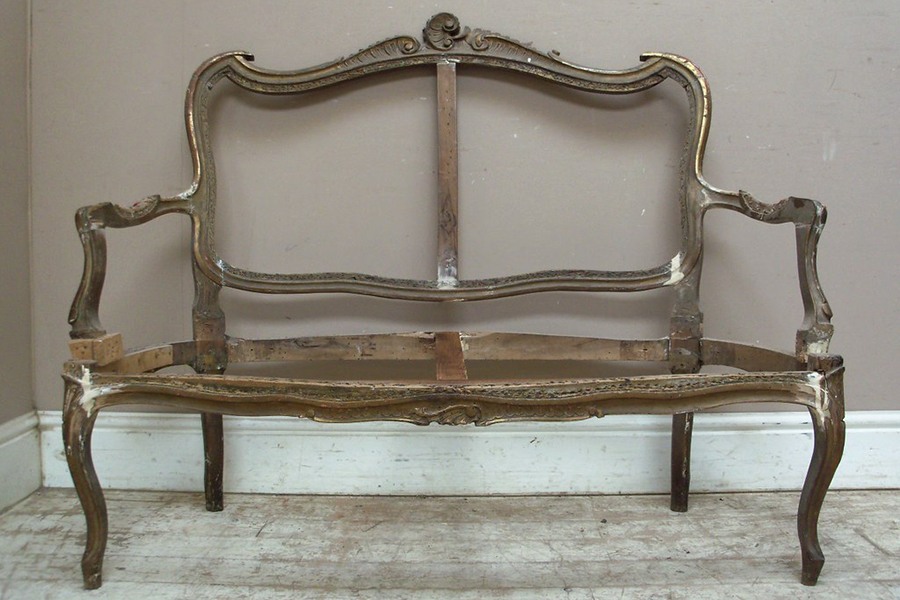
Photo by French Finds on Flickr/Creative Commons
Keep an eye out for the oldies.
If you’re able to identify a piece as an antique by noticing its dovetailing, locating a manufacturing label, and ruling out perfect symmetry, chances are you’ve found a durable item. “Antique furniture, let’s say 100 years old and older, was generally very well built as a matter of pride for the maker or manufacturer,” says Burstein. “That’s an advantage for anyone hunting for discarded items on and around moving day.”
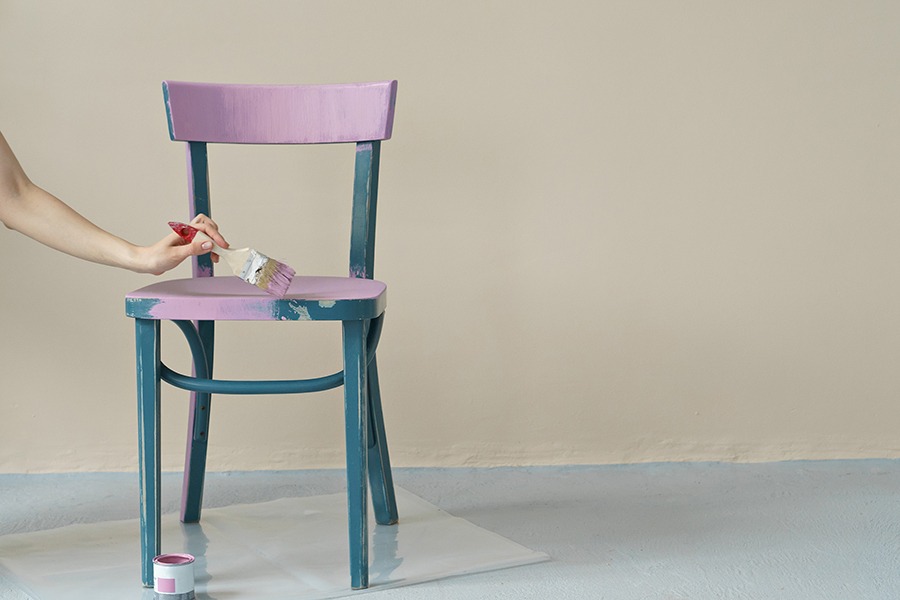
Photo via Getty Images/Kristina Ratobilska
Love it or leave it.
The same rules that apply to the dressing room apply to Allston Christmas. If you don’t love it, you’ll never use it, or at least never enjoy having it in your home. But when you do appreciate something, it’s usually worth some time or money to bring back its shine.
So, even if that adorable chair just miserably failed the grab and wiggle, that doesn’t mean it’s a lost cause. Actually, says Burstein, “the pieces that are ‘falling apart’ are often the easiest to repair because half the work is already done—they’ll come right apart and just need to be fitted properly back together.”
And if you love it, recycle it.
According to Parker, pre-owned furniture and environmental conservation go hand-in-hand. “We are at a critical point in doing everything we can to take care of the environment,” she says. “Recycling perfectly good items is important.”
Also important: Taking your time to decide whether you can really picture using an item in your home. “It’s not like banging out a quick text,” Burstein says. “You’re making a decision about something that you’re going to live with every day.”
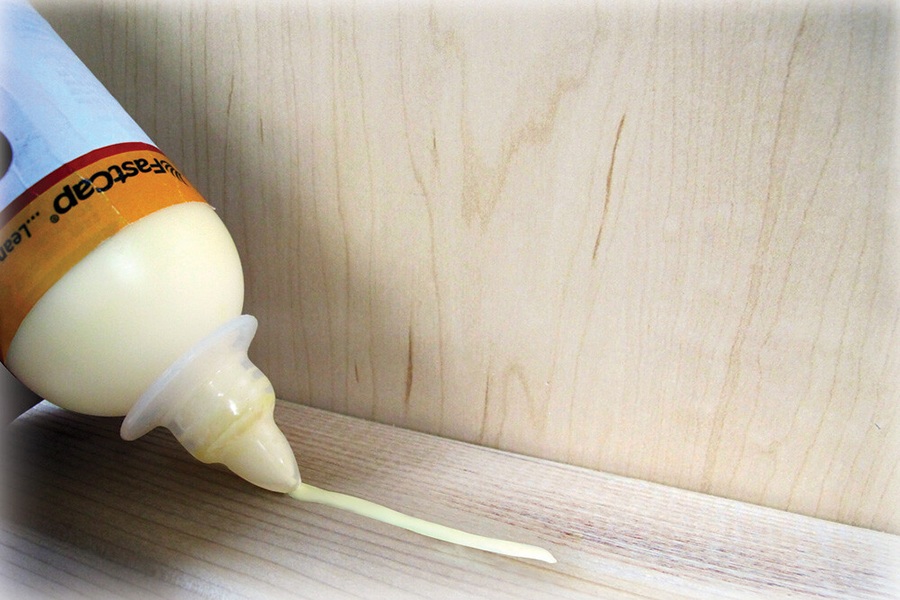
Photo by FastCap LLC on Flicker/Creative Commons
Refurbish with care.
When it comes to used furniture, Parker says flexibility is key: “You’re not always going to get the exact color or shape you had in your mind. But at the same time, you might be inspired by a piece you would never have considered until you saw it.” Consider how you want to alter a piece, or if it might offer unique charm as-is.
Should you elect for a full furniture makeover, fear not. Burstein offers this “trade secret”: “Most ‘dirty’ furniture doesn’t necessarily need to be stripped, just cleaned with warm water and some diluted dish soap.” And if you do opt for a furniture stripper, handle with caution—many contain harsh chemicals.
Another tip: Steer away from adhesives like Gorilla Glue when possible, advises Burstein. “It’s tricky and cannot be undone, and carpenter’s glue is plenty strong.”
And finally, budget plenty of time for DIY restoration projects. “It will always, always, always take much, much, much longer than you thought it would,” says Burstein. “Trust me on this.”


